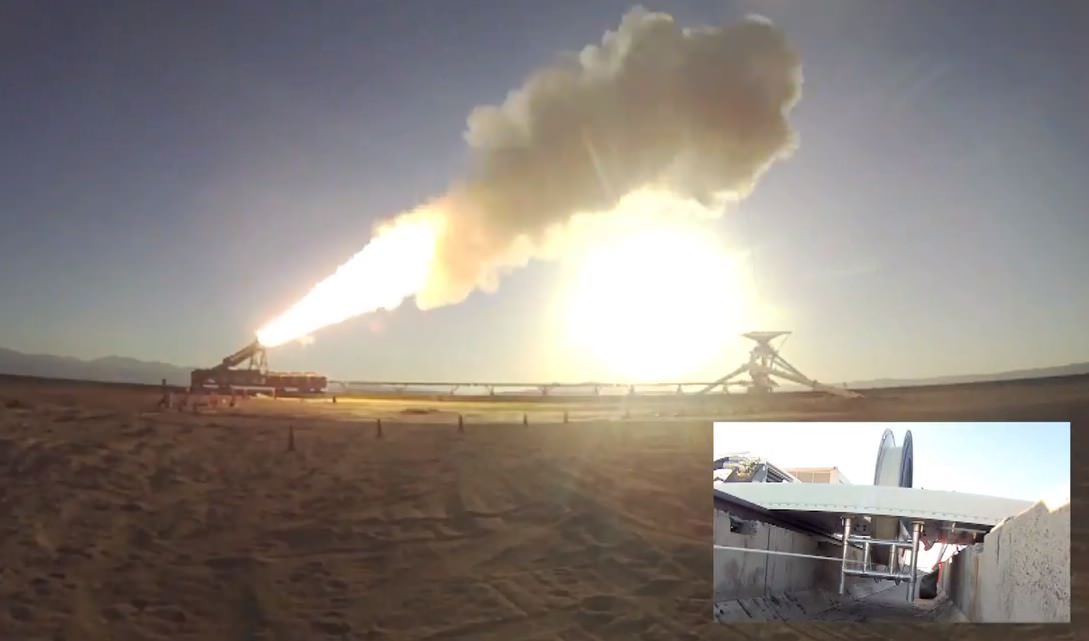So what does an agency like NASA do after making a daring new type of landing with the Mars Curiosity rover? Try to make it even better for next time.
NASA is readying a new technology for landing on the Red Planet that is supposed to help brake the spacecraft in the atmosphere by inflating a buffer around the heat shield to slow things down. And after testing this so-called “Low-Density Supersonic Decelerator” on a rocket sled in January and April, the team is ready for the next major test: heading aloft.
As early as June 3, NASA will strap a test device below a high-altitude balloon and send it up to 120,000 feet — about the same altitude that Felix Baumgartner jumped from in 2012. The device will then drop from the balloon sideways, spinning like a football, and reach a velocity of four times the speed of sound. Then the LDSD will inflate, if all goes as planned, and NASA will evaluate how well it performs.
The agency hopes to use this technology to land heavier and heavier spacecraft on the Red Planet. If the testing goes as scheduled and the funding is available, NASA plans to use an LDSD on a spacecraft as early as 2018.
You can read more about LDSD at this website.


Great video! I like the idea of having an inflatable 1G centrifical habitat Mars transit module that is reconfigured into a ‘Balute’ balloon/parachute/hot air balloon for atmospheric entry, then reconfigured once again to be used as an inflatable habitat on the surface.
These inflatable “drag-increasers” might be a little small for use as a surface habitat, except maybe as a storage unit. There would need to be an airlock for access, so pressure can be maintained. A centrifugal artificial gravity habitat would need to be really big to avoid nasty gravity-gradient side effects. Balloons on Mars? Don’t think so, given the low atmospheric density. Yeah, I’m a real dream-crusher today.
The inflatable habitats can be made with layers of vectran, which is twice as strong as Kevlar. There are two inflatable habitat ‘balloons’ in orbit right now, and they work fine in a vacuum.
Please let the folks at the JPL know that loud music in the background makes it hard to understand the voice of the guy speaking. There is no need for music or any background noise if trying to present the great work JPL is doing.
Thanks for the very interesting article!